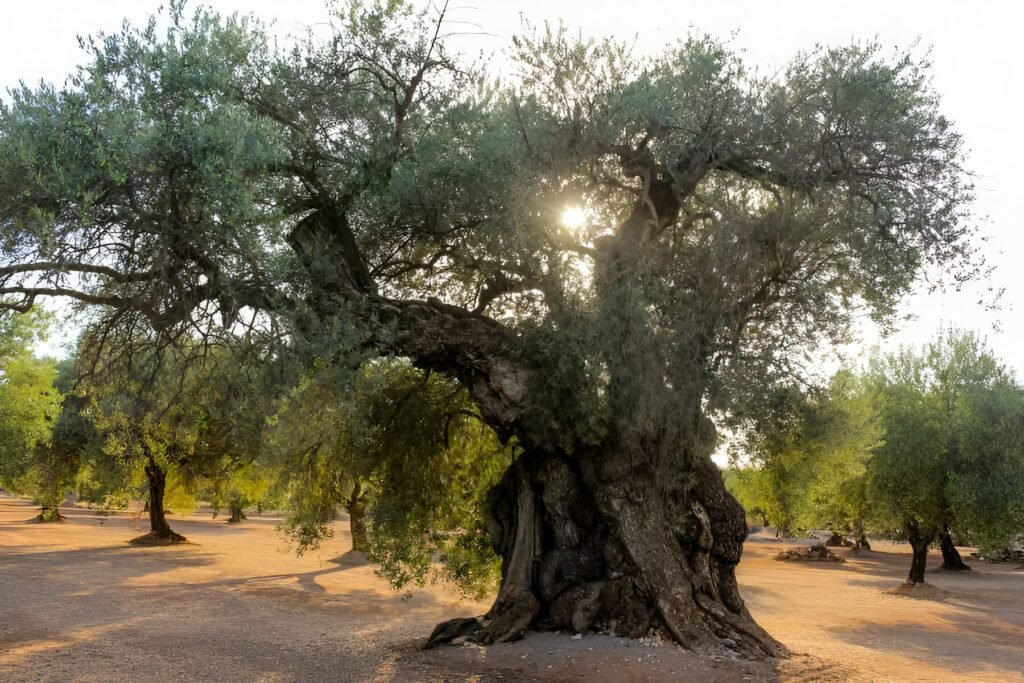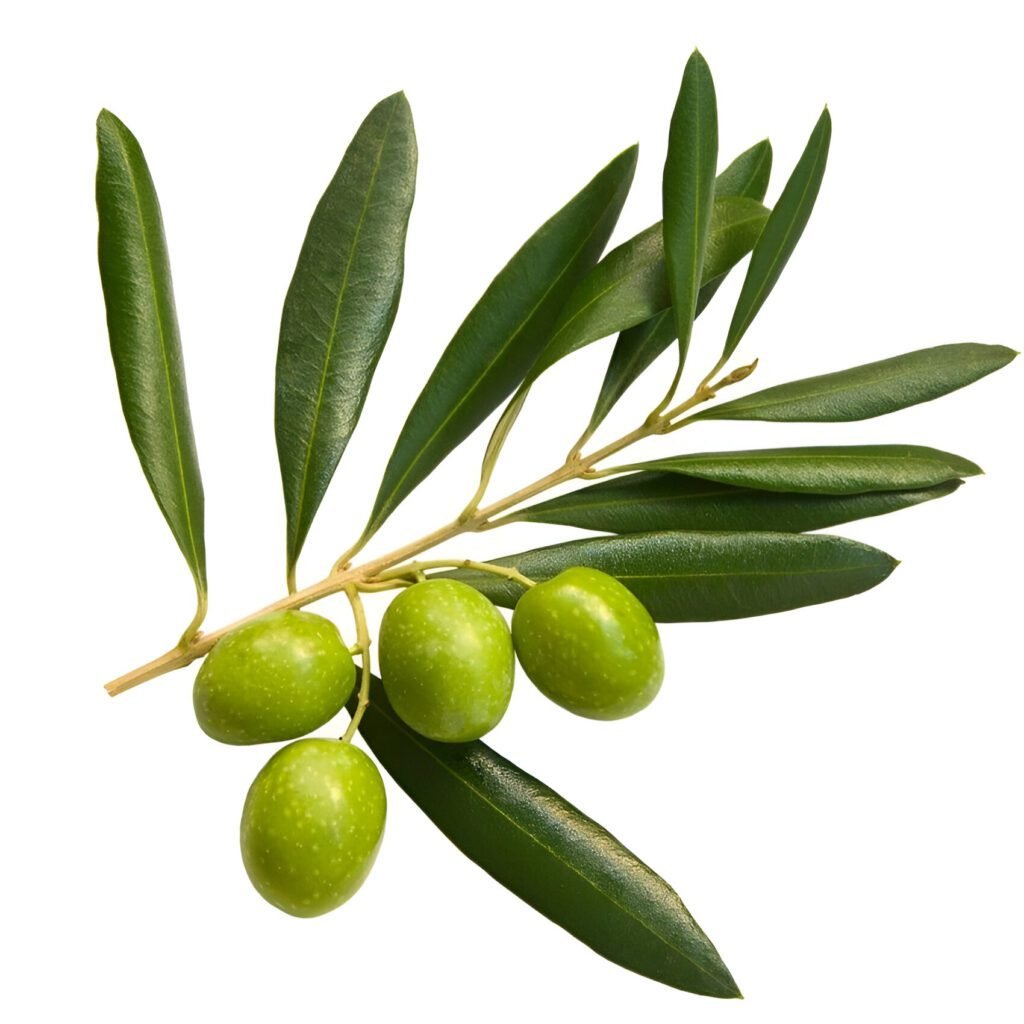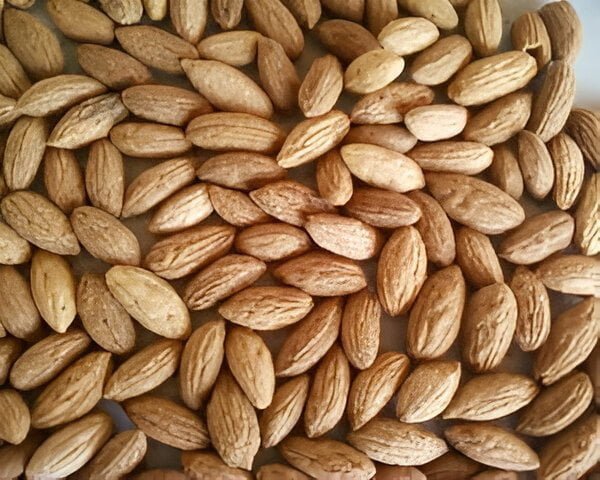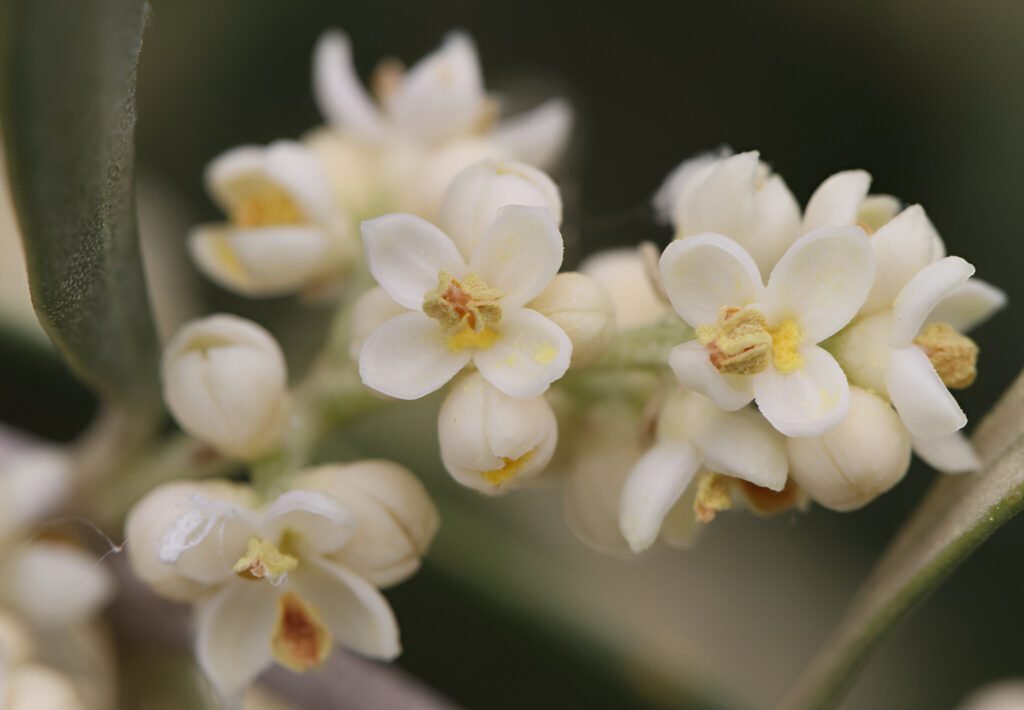Olives: definition, how to grow them, diseases, care for them
Introduction to olives
The oldest cultivated trees in the world, they are highly prized not only for their delicious fruits but also for their many ornamental properties. With its silvery leaves, gnarled stems, and clusters of fragrant white flowers in the spring.

Basic care guide
- Crop Family:
The most common olive tree varieties
- “Arbequina”: This Spanish variety is highly regarded for its mild flavour. It is known for its early fruiting and small size, making it ideal for both commercial orchards and home gardens.
- “Koroneki”: The “Koroneki” variety is native to Athens, Greece, and is known for its high oil content and exceptional fruit production. It thrives in hot, dry climates and is favored by olive oil producers around the world.
- Frantoio: The “Frantoio” variety comes from Italy and is grown primarily for its exceptional oil quality.
- Original country:
- The olive tree originated in Asia Minor and has since spread to Iran, Syria, Greece, and Palestine, along with the rest of the Mediterranean basin over a period of more than 6,000 years.
- The Mediterranean region is where about 80% of these trees can be found

Suitable lighting for him:
- Full sun is essential for a bountiful crop and sweeter fruit. It should receive between six to eight hours of daily direct sunlight. Lack of sunlight will prevent trees from producing as many figs as compared to those planted with adequate light.
- Plant near a wall with southern exposure in South Central so they can benefit from reflected heat. In the upper South, choose hardy selections, such as 'Brown Turkey' and 'Celeste.'
Suitable living conditions
- Olive trees thrive in a Mediterranean climate with mild winters and hot, dry summers.
- In areas with high humidity, it is essential to ensure adequate air circulation around trees. High humidity can create a favorable environment for fungal diseases, which can harm olive trees and reduce their overall productivity.
The amount of water needed
- Olive trees are known for their drought tolerance, but proper watering is crucial during their early establishment and fruit development stages.
- One effective way to water olive trees is drip irrigation. This method delivers water directly to the roots, reducing water loss through evaporation and ensuring that trees receive an adequate water supply.
- Avoid overwatering as excess moisture can cause root rot.
- It prefers well-drained clay soil with a pH of 6 to 8. This pH range ensures that the soil is slightly acidic to neutral, which is optimal for nutrient absorption.
- Before planting olive trees, it is necessary to prepare the planting site (start by removing any weeds, gravel or stones and then incorporate organic fertilizer, such as country or compost, to improve drainage and fertility. This will create a favorable environment for the roots to establish and grow)


Find out what light your plants are actually getting.
Find the best locations for them to improve their health, simply using your phone.
- Olive fruit fly
To control the olive fruit fly, use traps that attract and capture adult flies. Harvesting at the right time, when the fruits are still green and firm, can help reduce the infestation. In addition, organic insecticides derived from natural sources can be used to combat the olive fruit fly without harming beneficial insects.
- Olive knot:
Pruning infected branches and twigs, and ensuring pruning tools are sterilized between cuts, can help reduce the spread of the disease.
In addition, promoting good air circulation by spacing trees appropriately and avoiding excessive watering can create an environment that is not conducive to bacterial growth.
- Verticillium wilt:
Avoid water stress and choose resistant varieties.

How to plant seeds
- Collect the seeds in the fall once the fruit is ripe, but before it turns black. Do not collect olives from the ground, but harvest the fruit directly from the tree.
- Gently tap the fruit to break it apart and remove the seed.
- Soak it for 24 hours in room temperature water.
- Plant the seeds in individual 6-inch (15 cm) pots.
- Place the tubs in a cool, shaded place for about a month and maintain watering.
- When the seedlings reach about 15 cm in height and are strong enough, they can be transferred to other containers or planted in the ground at the permanent site.
Flowering stage
- The olive tree blooms in the spring of each year, specifically when the average temperature reaches 18 degrees Celsius, and this is usually in the months of May and June, and the timing varies depending on the agricultural region and the surrounding climatic conditions.
- Plant age :
It is more than 1000 years old.
- Plant height
- The height of the olive tree ranges from 3 to 12 meters (10 to 40 ft).
Temperatures
- They can tolerate temperatures as low as 15°F (-9°C) but prefer temperatures between 70°F to 80°F (21°C to 27°C) for optimal growth.
- How long does the fruiting stage take?
- The development of olive fruits begins and the flower petals fall, then the olive fruit core begins to form and harden. This process takes approximately 3 months. At the beginning of growth, the fruits are small in size, then they begin to gradually grow larger.
Fertilization
- Fertilization care: How is it done and what are the best elements for growth:
- Applying a balanced fertilizer in early spring will help promote vigorous growth and fruit production (a balanced NPK, such as 10-10-10 or 14-14-14, which provides a mix of nitrogen, phosphorus and potassium).
- It is important not to over-fertilize olive trees, because excess nitrogen can lead to excessive plant growth at the expense of fruiting.
Pruning
- The best time to prune olive trees is late winter or early spring... Start by removing any dead or diseased branches, as well as any branches growing inward or crossing each other. This will help improve the overall shape and structure of the tree
- Additionally, thin out crowded branches to ensure proper air circulation and sunlight penetration. Aim for an open canopy that allows sunlight to reach all parts of the tree, as this will promote healthy growth and fruit production.
Suggested use
- Olive leaves are used to treat many viral conditions such as influenza (the leaves contain a compound called oleuropein which is thought to confer this antiviral activity).
- Olive oil is beneficial in reducing the risk of cardiovascular disease, thanks to its antioxidant, vasodilator, and antiplatelet properties.
- In landscaping: Olive branches and trees are a universal symbol of peace, friendship, victory and hope
- Suitable planting time :
Spring and early summer are considered a suitable period for planting olive seedlings.



